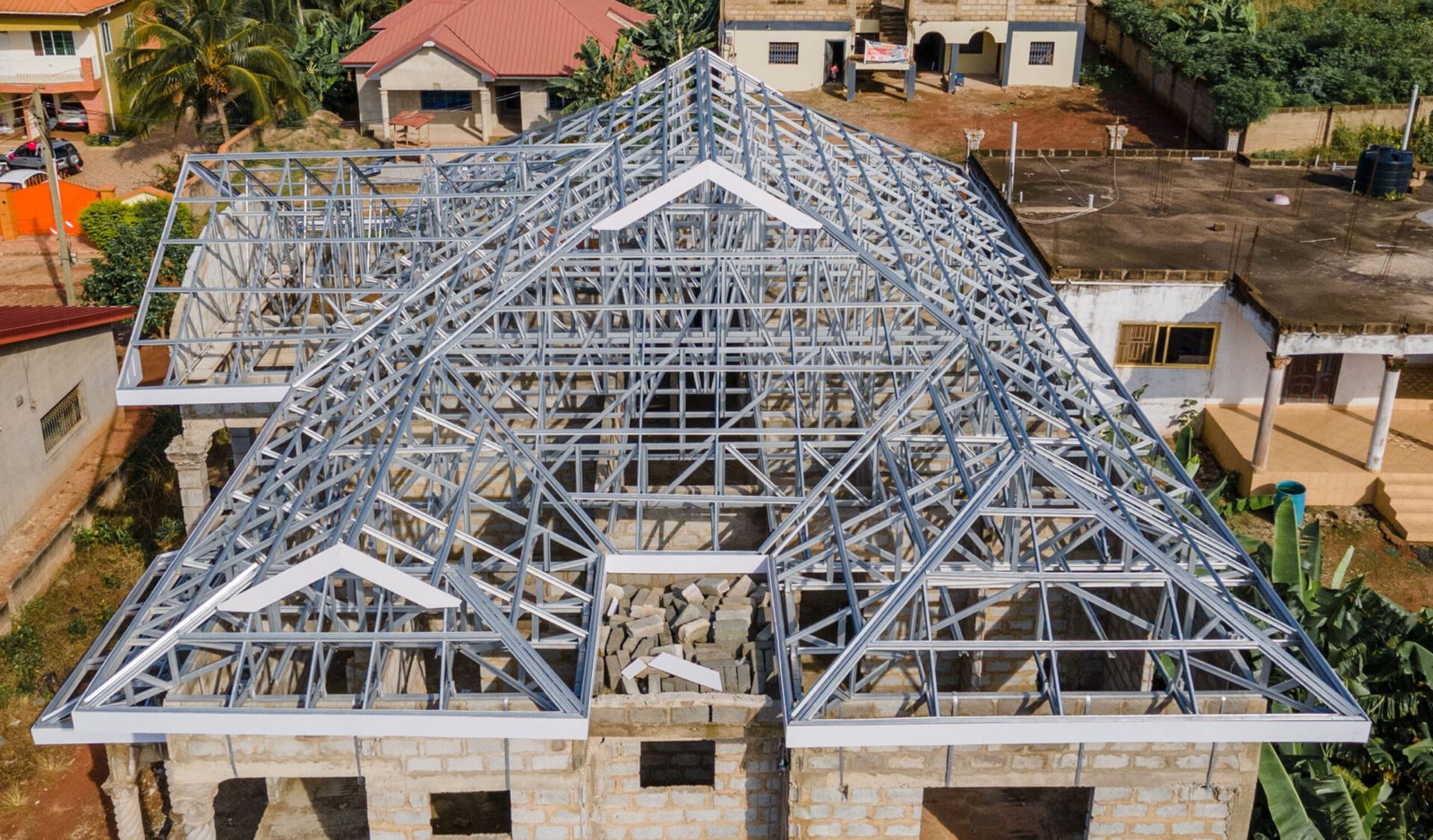
Physical Characteristics
1. Material: Steel trusses are made from high-strength steel, often galvanized or coated for corrosion resistance.
2. Shape: Steel trusses come in various shapes, including triangular, rectangular, and bowstring.
3. Size: Steel trusses can be custom-made to fit specific building designs and sizes.
4. Weight: Steel trusses are generally lighter than traditional wood trusses.
Performance Characteristics
1. Strength: Steel trusses offer high strength-to-weight ratios, making them ideal for large spans and heavy loads.
2. Durability: Steel trusses are resistant to rot, decay, and insect damage, ensuring a long lifespan.
3. Corrosion Resistance: Galvanized or coated steel trusses provide excellent corrosion resistance.
4. Fire Resistance: Steel trusses are non-combustible, reducing the risk of fire damage.
Economic Characteristics
1. Cost-Effective: Steel trusses can be more cost-effective than traditional wood trusses, especially for large or complex projects.
2. Quick Installation: Steel trusses can be installed quickly, reducing labor costs and project timelines.
3. Low Maintenance: Steel trusses require minimal maintenance, reducing long-term costs.
Sustainability Characteristics
1. Recyclable: Steel trusses are fully recyclable, reducing waste and environmental impact.
2. Sustainable Material: Steel is a sustainable material, with many steel products containing recycled content.
3. Energy Efficiency: Steel trusses can be designed to optimize energy efficiency, reducing heating and cooling costs.
Design and Aesthetic Characteristics
1. Versatility: Steel trusses can be designed to fit various architectural styles and building designs.
2. Aesthetic Appeal: Steel trusses can be left exposed, creating a modern, industrial aesthetic.
3. Customization: Steel trusses can be custom-made to fit specific design requirements and building codes.